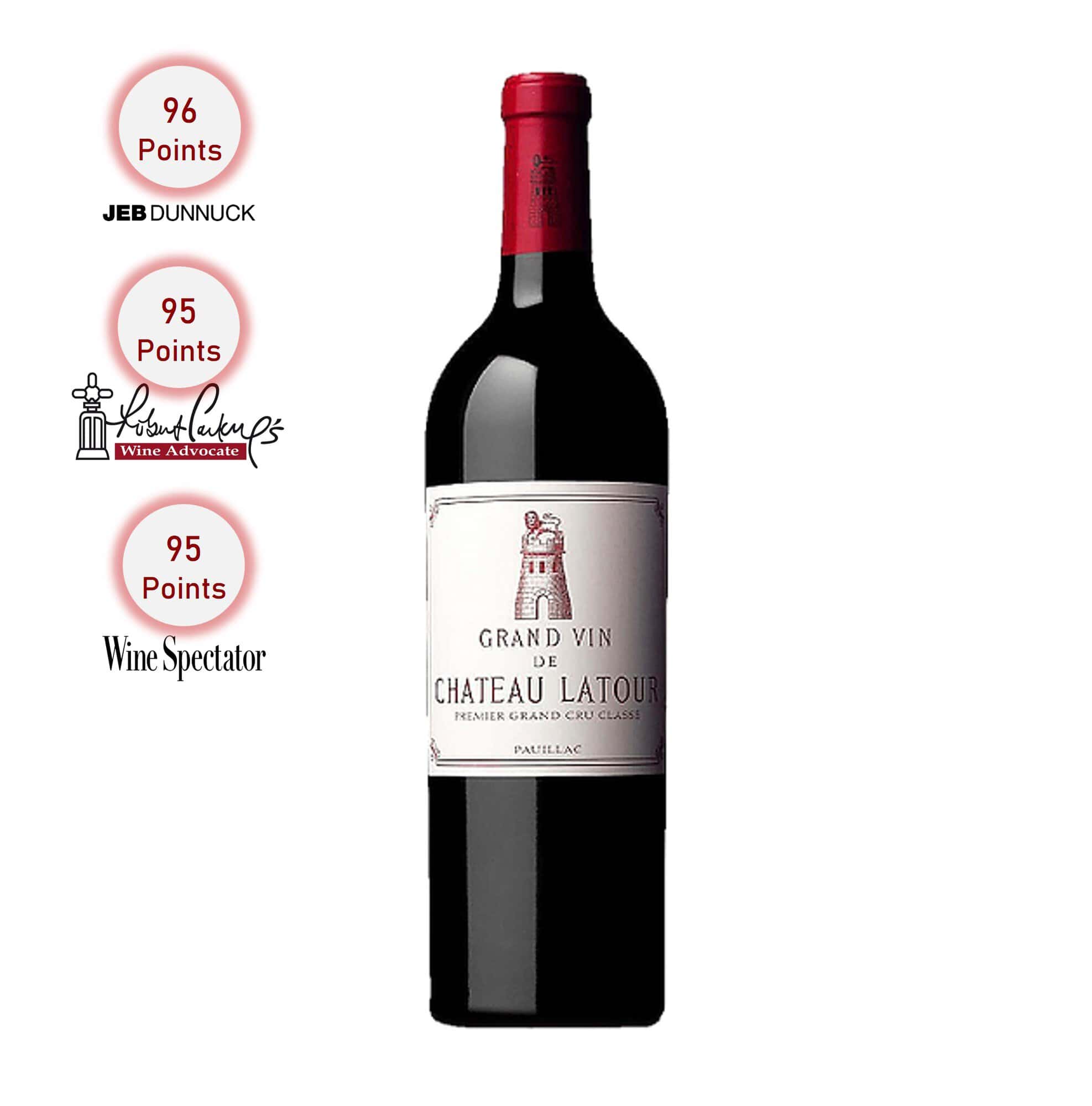75cl / 12.5%
“A wine that’s firing on all cylinders is the 2001 Latour and this beauty over-delivers in the vintage! Incredible aromatics of crème de cassis, exotic spices, lead pencil shavings, forest floor and truffles.
Deep, medium to full-bodied, and incredibly elegant, with polished tannin, it’s utterly irresistible today, yet given its balance and length, I suspect it has another 15-20 years of prime drinking.”
~ Jeb Dunnuck
RM2,900.00
14 in stock
14 in stock
Waiting to release wine is the definition of ex-chateau wines (sometimes called “ex-cellar wines”) – wines in pristine condition. The wines of Latour need time to mature, generally at least ten or fifteen years, before they can be drunk. It is only then that the full complexity of the bouquet is expressed and the palate becomes sufficiently well integrated to be enjoyable and harmonious.
Colour: Inky ruby-purple colour
Nose: A glorious bouquet of black currants, crushed stones, vanilla, and hints of truffles and oak. (RP)
Palate: The beautiful integration of tannin, acidity, and wood is stunning. The wine flows across the palate with fabulous texture, purity, and presence. This luscious, full-bodied Latour was surprisingly open-knit..However, do not mistake its aging ability as this 2001, despite its precociousness, will last 20-25 years. Anticipated maturity: 2007-2025. (RP)
Grape Varieties: 79% Cabernet Sauvignon, 18% Merlot, and the balance Petit Verdot and Cabernet Franc
Awards: 96pts – Jeb Dunnuck, 95pts – Wine Advocate-Parker; 95pts – Wine Spectator
Château Latour is one of Bordeaux’s – and the world’s – most famous wine producers. It is situated in the southeast corner of the Pauillac commune on the border of Saint-Julien, in the Médoc region. Rated as a First Growth in the 1855 Bordeaux Classification, it has become one of the most sought-after and expensive wine producers on the planet, and produces powerfully structured Cabernet Sauvignon-dominant wines capable of lasting many decades. Latour makes two other wines: Les Forts de Latour and Pauillac de Latour, both of which are made from younger vines.

| Brand | |
|---|---|
| Return Policy | Non-Returnable : This product is non-returnable due to exclusivity/consumable nature of the product. |
| SID | D06V |
| Country | Bordeaux, France |
| Grape Variety | Cabernet Sauvignon, Merlot |
| Product Type | Red |
Discover our diverse range of flavourful alternatives, ready to surprise and delight your palate.
Industry-leading security powered by iPay88 & Stripe.
Besides Visa & Mastercard, we also accept T&G, Grab, and other eWallets